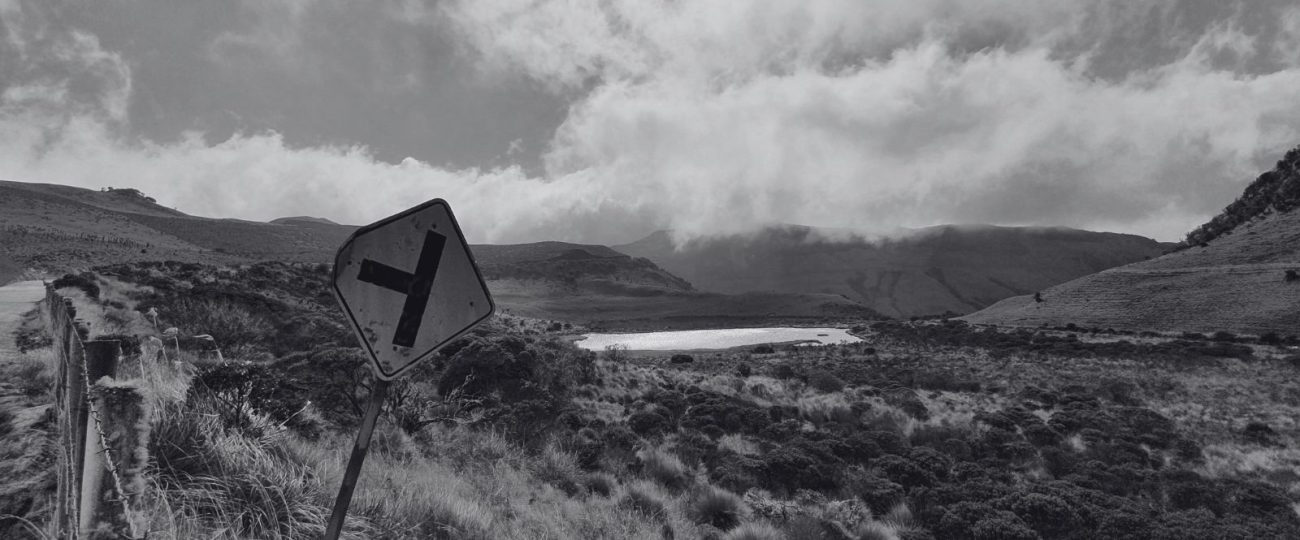What Happened On November 13th?
On November 13, 1985, Nevado del Ruiz, a towering stratovolcano in Colombia’s Andes, erupted and sent towering columns of ash and gas into the atmosphere. At first, the eruption seemed moderate, and residents in Armero, a town 47 miles away, carried on with their evening routines, unaware of the danger building on the mountain. By nightfall, the volcano’s activity had surged, setting off one of the deadliest natural disasters in South America’s history.
Around 9 p.m., pressure inside the volcano spiked, triggering a massive eruption that melted large sections of its glacier cap. This released a deadly mix of ash, molten rock, and glacial meltwater, forming a fast-moving lahar—a mudflow loaded with volcanic debris—that tore down the mountainside at over 30 kilometers per hour. Weeks of heavy rain had already soaked the ground, thickening the mudflow and amplifying its force. Before the people of Armero could comprehend what was happening, the lahar struck with overwhelming power. The mudflow flattened buildings, swept away vehicles, and engulfed entire neighborhoods in a dense, unyielding sludge.
When the lahar finally settled, an unsettling quiet fell over Armero. Survivors lay immobilized in hardened mud, unable to escape. Rescue teams arrived to scenes of unimaginable devastation: families encased in debris, homes leveled to their foundations, and personal belongings scattered across a barren field. Photos and firsthand accounts captured the transformation of a once-thriving town into a haunting landscape of destruction.
Thirteen-year-old Omayra Sánchez became a powerful symbol of Armero’s tragedy. Trapped in debris up to her neck, Omayra survived for more than 60 hours as rescuers worked desperately to free her. Her calm, resilient demeanor stirred the hearts of people worldwide, but she died before rescuers could save her. Omayra’s story revealed the profound sorrow that gripped Armero, where the lahar had claimed nearly 25,000 lives. Once home to almost 29,000 residents, the town was left nearly erased.
Reaching 17,000 feet, Nevado del Ruiz had inspired both awe and fear for centuries. Although dormant for many years, the volcano had a documented history of eruptions stretching back to the 16th century. Early Spanish settlers referred to it as “The Sleeping Lion,” recognizing the hidden power it contained. In 1595, an eruption claimed over 600 lives, and another in 1845 unleashed a deadly lahar that swept through the slopes, killing more than 1,000 people in Chinchiná. By the 20th century, however, these events faded from memory, and locals focused on the beauty of the snow-capped peak rather than the risks it posed.
In the months leading up to 1985, geologists monitoring Nevado del Ruiz detected unusual seismic activity and issued warnings about the potential for an eruption. They noted frequent gas emissions and tremors within the volcano, which suggested that magma was rising toward the surface. However, logistical issues and limited resources delayed broader evacuation efforts. Officials struggled to communicate the threat of lahars to the local population, leaving many residents unaware of the danger. When the mudflow finally struck, few had received any warning.
Despite the hazards, Nevado del Ruiz’s eruptions had enriched the soil surrounding the Andean highlands, turning the region into one of Colombia’s most fertile areas. For generations, farmers relied on this mineral-rich land to cultivate coffee, cocoa, and fruit. Armero, known as Colombia’s “Rice Capital,” thrived because of the abundant crops grown in volcanic soil. The glaciers on Nevado del Ruiz also provided essential water supplies, sustaining farms and local communities during the dry seasons.
Following the eruption, scientists focused extensive studies on Nevado del Ruiz to understand how volcanic and glacial activity interacted to produce such devastating effects. Researchers observed that the glaciers had amplified the eruption’s impact, as the heat from the lava rapidly melted the ice cap, creating powerful lahars. Nevado del Ruiz, one of the few tropical volcanoes with glaciers, provided researchers with rare insight into these hazardous processes.
In response to the tragedy, Colombia collaborated with international agencies to strengthen volcanic monitoring and disaster response systems. Authorities installed advanced seismic and lahar detection networks to improve early warning capabilities and evacuation procedures, transforming Colombia’s approach to disaster preparedness. Nevado del Ruiz provided scientists with essential data on lahar behavior, helping them understand how weather patterns, seismic activity, and volcanic gas emissions could indicate an approaching mudflow.
After the eruption, volcanologists noted that Nevado del Ruiz had emitted a strong sulfurous odor in the days leading up to the disaster, a sign that magma was rising toward the surface. They determined that such gas emissions could act as important warning signals, prompting officials to monitor sulfur dioxide levels at other active volcanoes. Additionally, scientists recorded unusual behavior in local animals before the eruption, a phenomenon often observed before seismic events. Farmers in the area reported that livestock became unusually restless, possibly sensing the impending disaster. Researchers took these observations further, exploring the possibility of animal behavior as an early-warning tool for volcanic eruptions.





